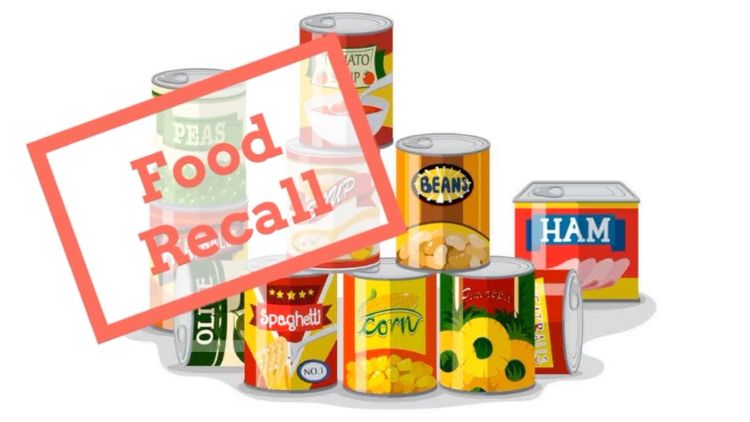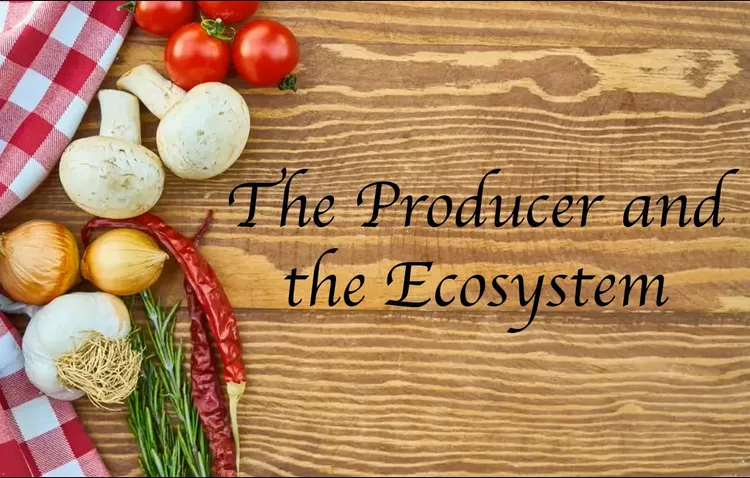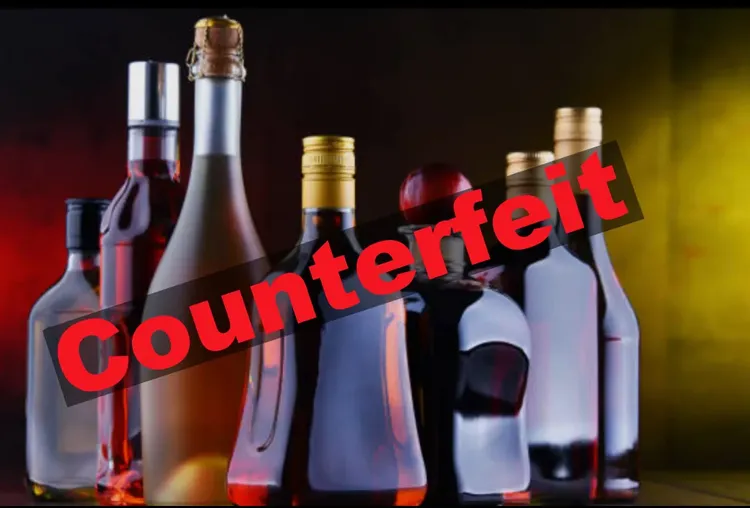Geographical indications
Geographical indications (GIs) are signs used on products that have a specific geographical origin and possess qualities or a reputation that are due to that origin. It is necessary for a sign to identify a product as coming from a specific location for it to qualify as a GI. In simple terms, GI is a status given to goods that are originating from a particular region or area.
There are several global examples of GI, including:
- Champagne-Champagne region, France
- Iberico Ham from Spain
- Parmesan Cheese- Bologna, Italy
- Silk- Mysore, India.
As of Dec 2022, there are about 9,000 products with GI status from 130 countries. oriGIn, Organization for an International Geographical Indications Network is the global alliance representing 600 associations of producers from 40 countries.
The Indian government has listed GI products under THE GEOGRAPHICAL INDICATIONS OF GOODS (REGISTRATION AND PROTECTION) ACT, 1999. The act has registered 432 products as GIs until July 2022.
There are multiple actors to form an ecosystem of GI. Multiple benefits flow from a strong GI ecosystem, which can be a wellspring of economic and soft power. Actors that are part of the ecosystem are:
- Producers/ manufacturers who produce GI products in the “geographic area”
- Government authority / third party certification providers
- Supply chain actors / Government Export controls that verify Proof of Origin
- International retailers/ Consumers
A lack of “verifiable” GI and associated Proof of Origin would make it difficult for above-mentioned ecosystem actors to establish reputation and value for local products and support their businesses. State and local actors lack appropriate legislation, training, logistics, quality standards, traceability and control systems, and a lack of quality standards. Among the other problems identified are the need to protect the brand/ heritage so that it cannot be misused in international markets. Additionally, counterfeit products and an absence of GI impede exports and economic prosperity. Throughout the world, counterfeiters cause large losses to industries. It is estimated that trade in counterfeit goods is now worth more than 5% of world trade. Besides affecting the producers of genuine products, these losses also have a social cost. It is ultimately the consumers who suffer from unfair competition. Aside from paying excessive prices for inferior goods, these workers are sometimes exposed to health and safety risks. The government incurs large costs in enforcing intellectual property rights and loses out on unpaid taxes. Additionally, counterfeiting has been linked to other criminal activities, including narcotics trafficking, money laundering, and terrorism.
An example of this would be the premium quality tea grown in the hilly region of Darjeeling in West Bengal. It has a distinct consistency, flavour, and a worldwide reputation dating back more than a century. There are 10,000 tonnes of Darjeeling tea produced every year, but it is estimated that 40,000 tonnes are sold worldwide as Darjeeling tea. There are approximately 30,000 tonnes of tea in the world that is not Darjeeling tea, but is being sold as Darjeeling tea to consumers.
Another such example would be consumption of counterfeit drugs. The World Health Organization (WHO) reports that one out of every ten medicines in low- and middle-income countries is substandard or falsified. This not only undermines public trust in healthcare, but also results in preventable deaths. Each year, between 72,430 and 169,271 children die of pneumonia due to counterfeit antibiotics.
GI is necessary in order to prevent such misappropriations on product originality. There are plenty of the benefits for each of the ecosystem actors present in geographical indication. Some of the key benefits of enabling GI are:
- Proof of origin
- Premiumization of product and increased export revenue
- Protection of Brand and heritage
- Instil Consumer confidence.
Various actors (table 1) are involved in the ecosystem, as discussed above. vlinder’s Blockchain based Trag platform can help solve these challenges. Here is a table that summarizes the actors involved and the capabilities of the Trag platform. Refer table-1.
Table 1- Ecosystem actors.
Figure 1- Blockchain's role after the product is assigned GI status. (Source- Geographical Indication Registry Office)
In today's world, consumers are more aware of the geographical origin of food products, and they demand high-quality and genuine products. And, they are willing to pay a premium for such products. GIs serve as product differentiators in the marketplace by allowing consumers to distinguish between products coming from specific regions that specialize in producing that particular product.
When attempting to attract consumers to a brand that specializes in the quality of products that have ties to their geographical origin, Verifiable Geographical Information and Traceability can be an effective part in positioning the brand as a trustful and transparent brand. GI tags qualify products for niche markets because of their regional connection. A GI certification system should assist the ecosystem in enhancing and preserving this favourable consumer perception.
Vlinder’s Trag platform is already enabling “Proof of Origin” for 40 GI products backed by a State Government in India. To learn about vlinder’s Trag platform contact at:
https://trag-vlinder.io/#contact
References:
https://www.oecd.org/sti/ind/2090589.pdf
https://www.pfizer.com/news/articles/fake_drugs_101_facts_on_illegal_counterfeit_drugs
This article is written by Adira Nair [https://www.linkedin.com/in/adira-nair-8a927613a/]





